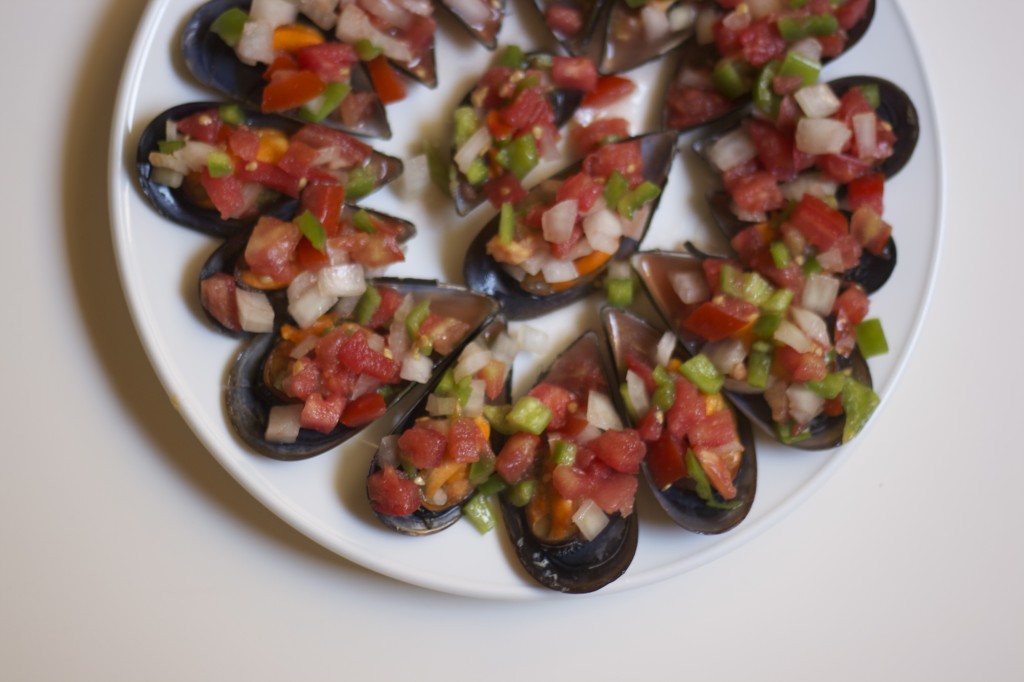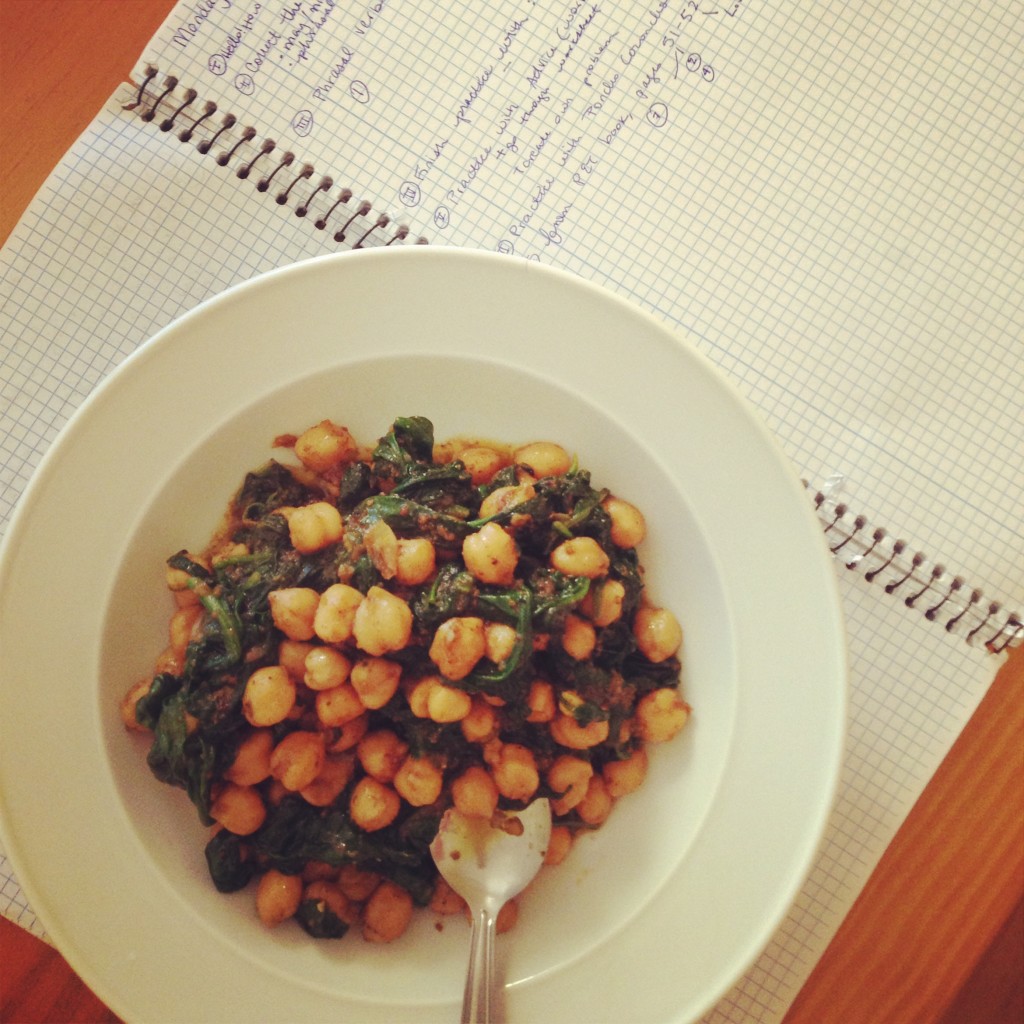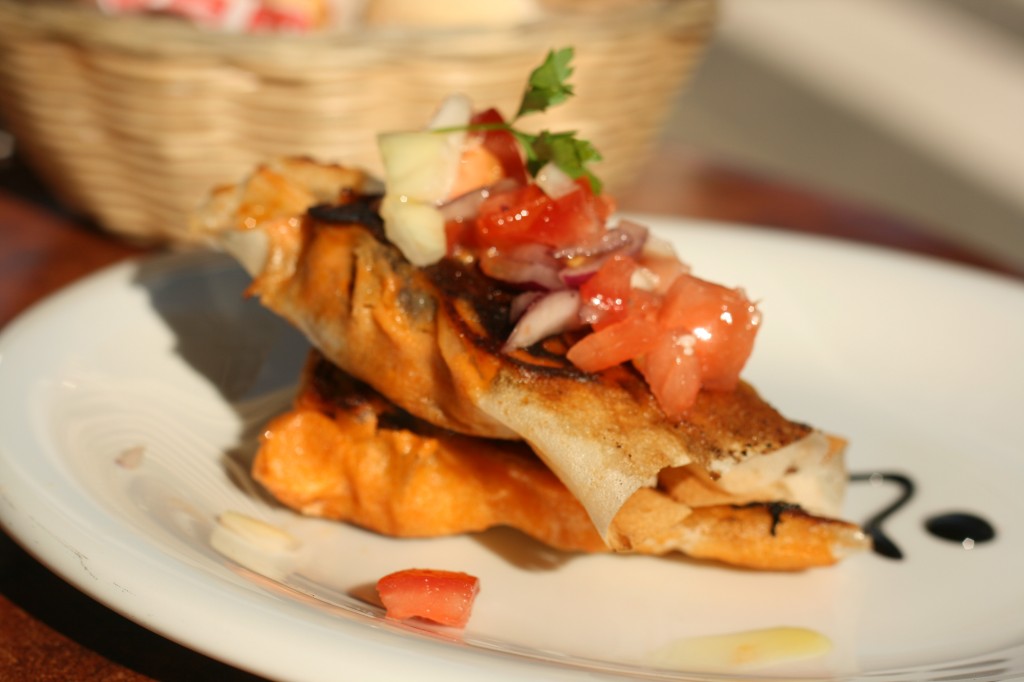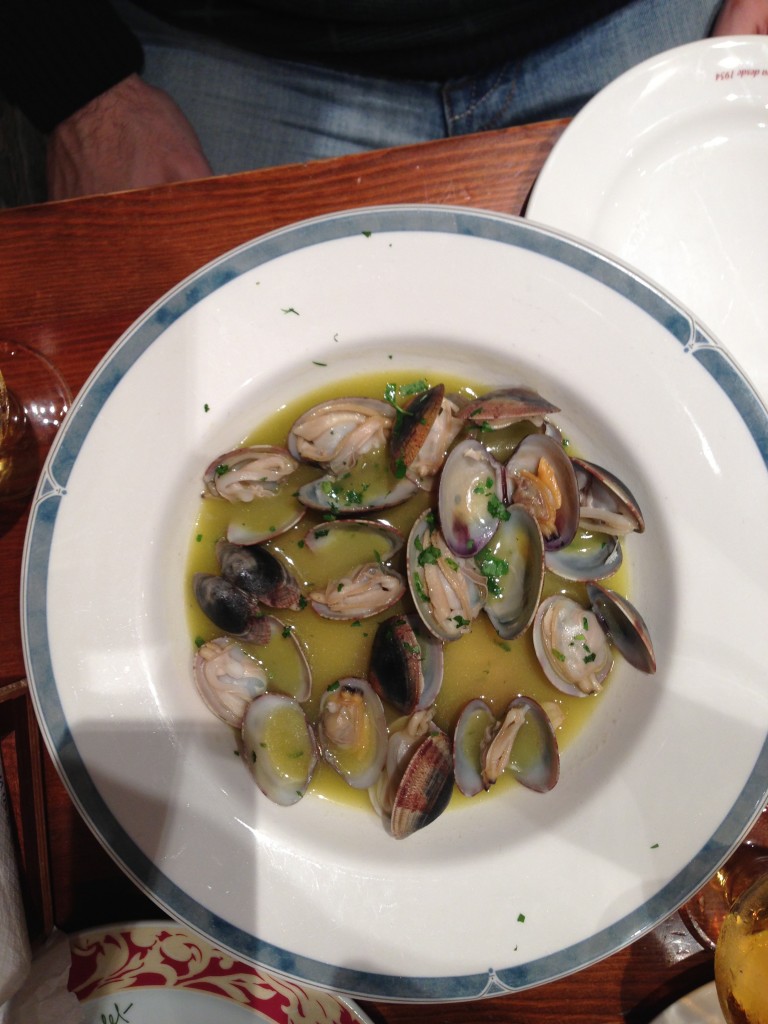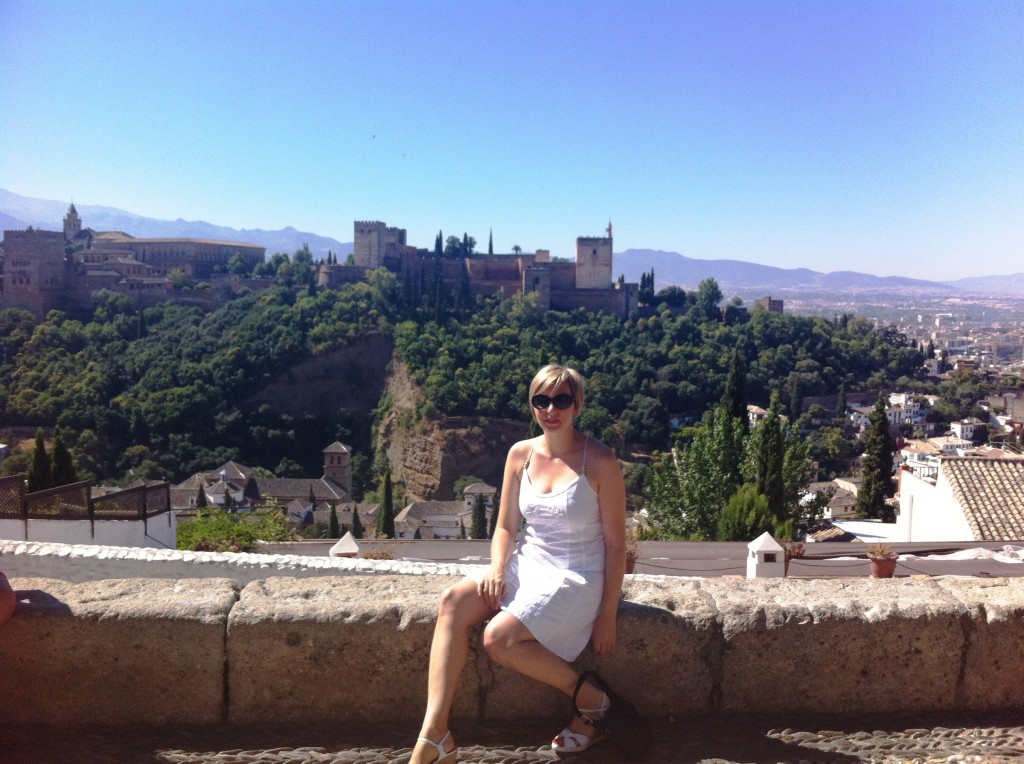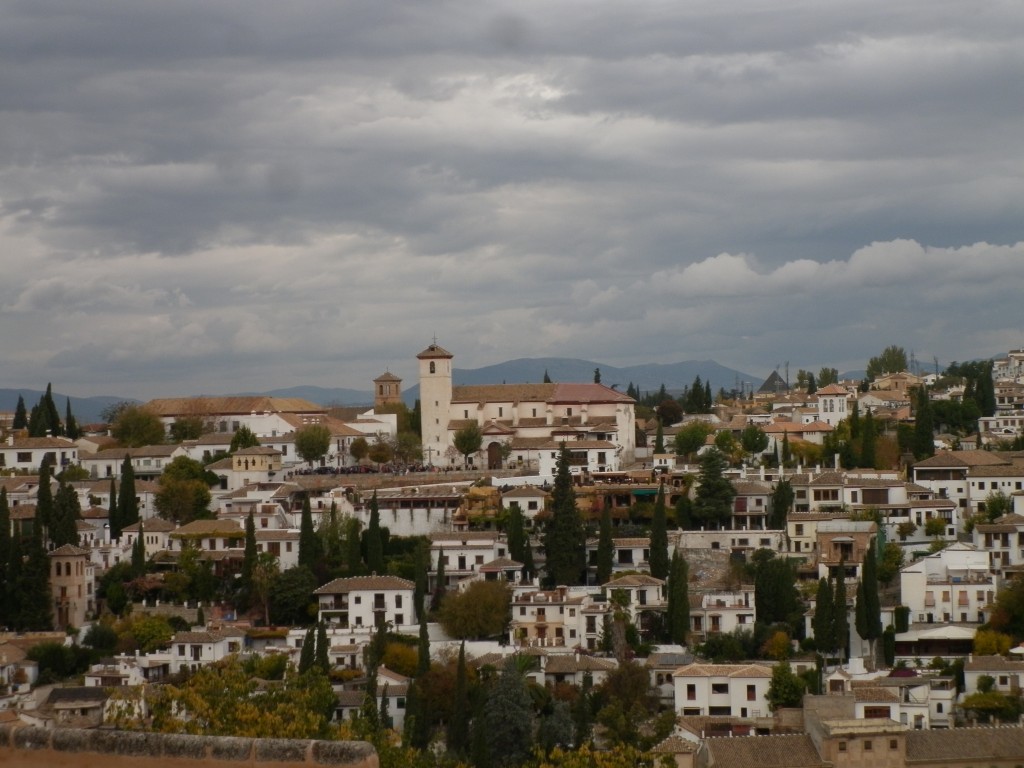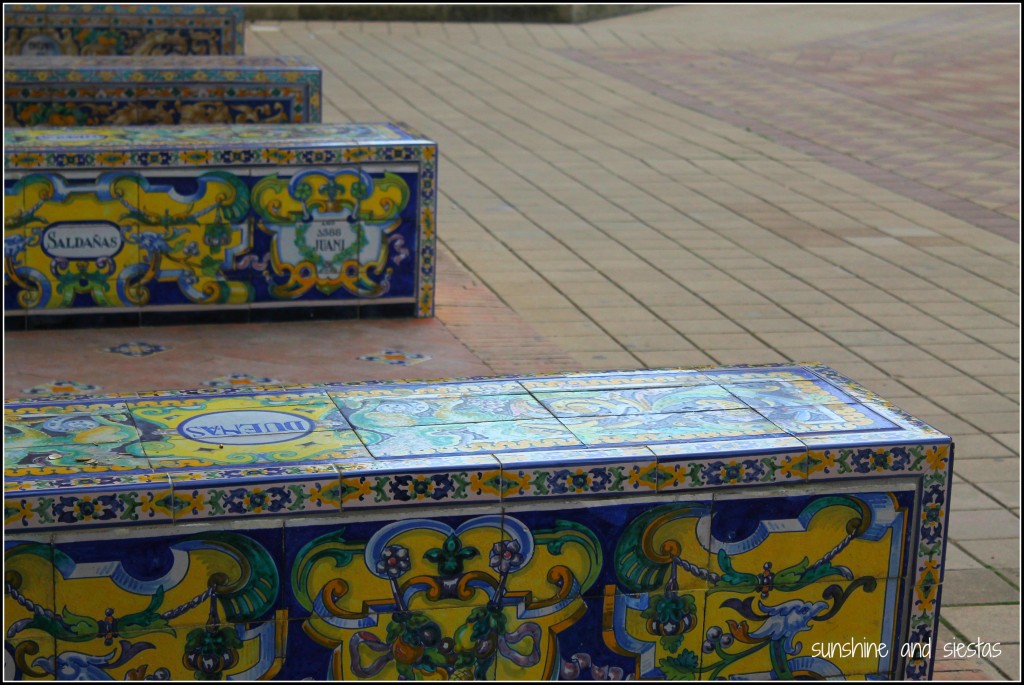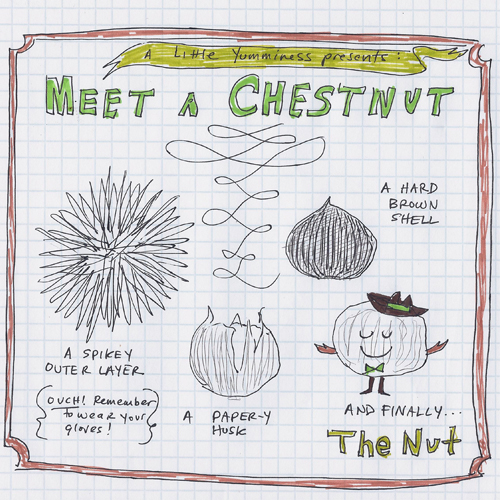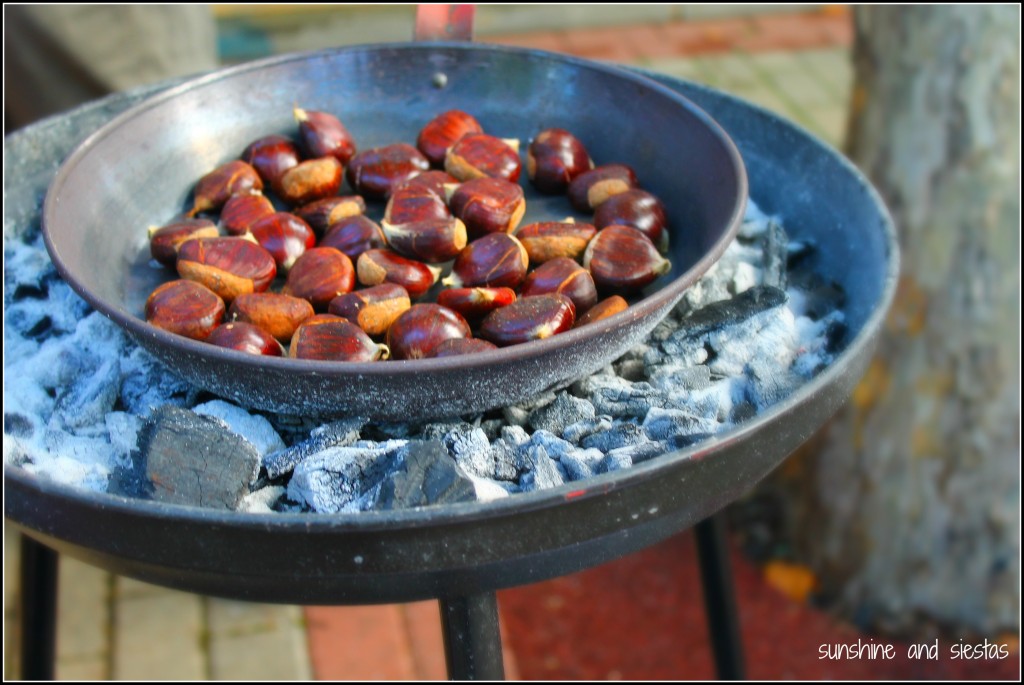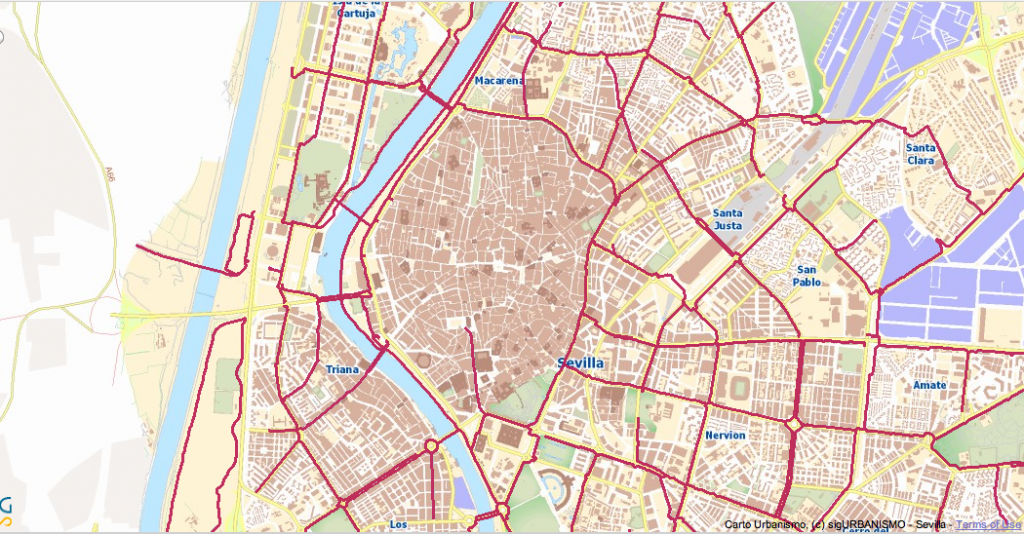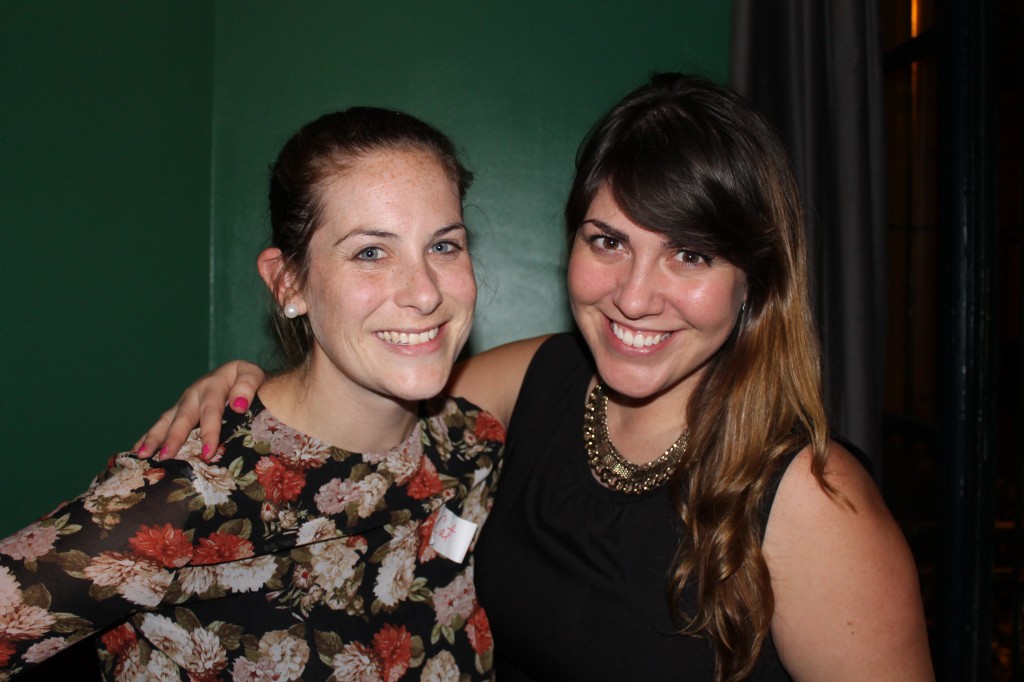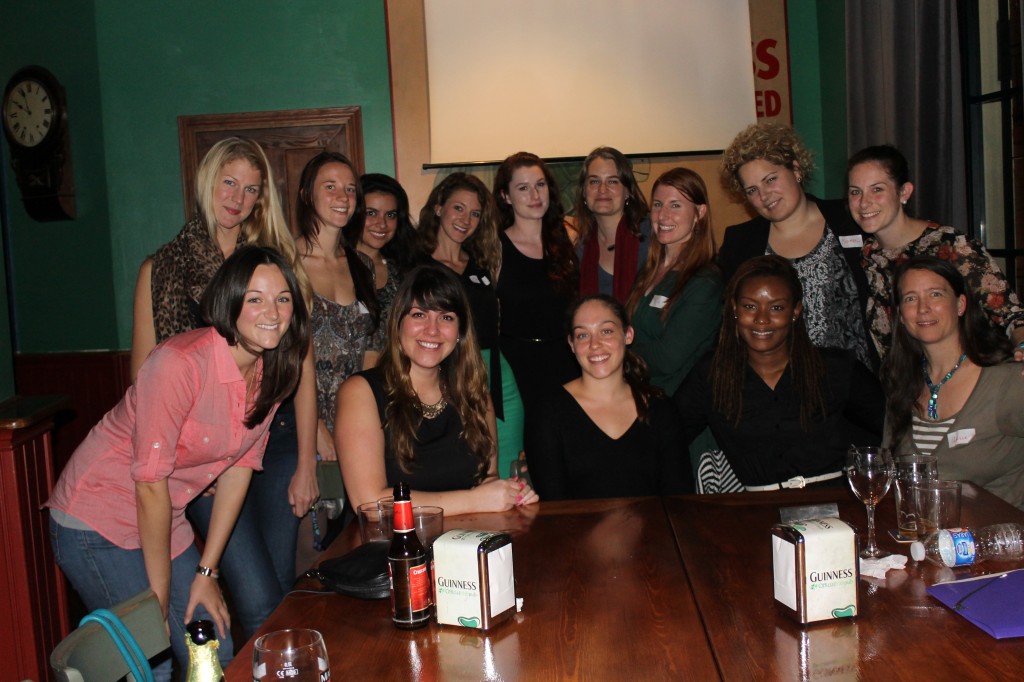I’m pleased to give some space to my friend and fellow Midwesterner, Katie Stearns. Our first meeting was serendipitous and mostly based around a shared interest: food. When not working in marketing, Katie is often found in the kitchen or eating out in Seville, and she’s written a post about five of her favorite Spanish food discoveries:
When I think back to my first year in Spain, and even my second, part of me cringes when I think about the things I thought I knew about the country. And when I say country, I really mean the country’s gastronomy scene – a topic that I’m passionate about no matter which part of the world I’m in.
I thought Spanish food was simple. I had this notion that Spanish food was kind of bland. And for some reason or other, I wasn’t convinced that it was anything special. If you’re only going to visit Spain for a short period of time, don’t waste any time in making this exact mistake, and make sure you leave it to the professionals to help you discover these amazing flavors.
Thankfully, after two more years of living in Spain and thanks to my Spanish boyfriend and his family of amazing cooks, I get it. Spanish food is special. It’s steeped in both flavor and tradition. It’s made with spices and ingredients that have been around for ages and that have continuously produced spectacular food. It’s comforting and flavorful, and because food here is often cooked slowly, the flavors are inexplicably complex.
Here are five Spanish foods I wish I had known existed long before I ever did.
Espinacas con garbanzos is a dish of comfort and flavor. Although I eat spinach in salads, I never knew people really cooked the stuff until I got here, and I have to say cooked spinach is better than raw spinach on all counts. Espinacas con garbanzos starts with frying garlic and day-old bread, which becomes the base of the dish. Then, the spinach is added and cooked down with spices like cumin and a touch of pimentón until, finally, you add the fresh chickpeas. I could eat this dish anytime, anywhere, but it’s really best on a chilly day and served with a piece of crusty baguette to sop up the leftover cumin-laced sauce.
Morcilla. Okay, so I did know what it was, but I had no idea how good it was. Just do yourself a favor, and don’t think about what it’s made of and enjoy the rich and robust flavor of this incredible cured meat. It’s also a perfect touch in classic stews made in Spain with lentils or garbanzo beans.
Caracoles are another food I’d heard of, but again one of those things I chose to politely ignore. When my Spanish coworkers told me the translation of caracoles in English (snails), I felt squeamish. I think now is a good moment to note that I have always been an unbiased and adventurous eater, but after one slimy-snail-related situation at my house almost 15 years ago, I told myself I’d never go back. But I did go back, only about six months ago, and now I keep going back for more and more. Snails here in Spain are anything but slimy. The best snails I’ve ever eaten were in Córdoba, and they were bathed in a yellow cumin-spiced broth. After getting all of the snails out of the little cup, my boyfriend and his parents and I all stood over the little dish and took turns dipping our spoons in just for that delicious liquid. And in Sevilla, it’s typical to order cabrillas, which are a bit bigger than the normal snails, and drenched in spicy tomato broth. The only regret I have about snails is that I waited so long to try them.
Huevos fritos seem simple enough. They may seem so simple, in fact, that you steer clear from ordering them at a bar or restaurant, just like I did. But to understand why that is a huge no-no while visiting Spain, you must understand that a fried egg here is nothing like a fried egg back home. Actually, when I make fried eggs at home, my boyfriend scoffs at me, and tells me it’s offensive to grill an egg in a spot of oil and still call it frying. He thinks this, of course, because a fried egg in Spain is just that. An egg gets broken into almost a full inch of hot olive oil, and instead of flipping it half-way during the cooking process, the cook simply takes a spatula to splash the hot olive oil on top of the egg. This process leaves the egg cooked to perfection and tasting nothing like the fried eggs I grew up with.
Coquinas are tiny little clams that are collected on the coast of Andalucía. I suppose this is a good moment to mention I was born and raised Midwestern. I ate meat of all kinds, while fish and seafood were rarely served at my house. When I moved to Spain, I started learning Spanish words for fish while simultaneously learning them in English, but I rarely ordered fish at restaurants and, in general, had no idea how many delicious things I was missing out on. When I first started dating my boyfriend, we’d go out to dinner together and he’d always gravitate toward the fish on a menu. And as first dates and shyness go, I could never say no. And thus began my love affair with fish and seafood in Spain, and coquinas are number one on my list. The little clams are cooked with olive oil, garlic and parsley until they open right up. They are sweet and soft, and the perfect meal after a day spent at the beach. Like many Spanish dishes, the leftover sauce from the cooking process is the perfect place to dip your bread, soaking up every last drop.
Katie Stearns lives, eats and breathes life in the South of Spain, where she’s going on her fourth year of life abroad. What started out as a nine-month stint teaching English as a foreign language has spun into a career of writing and marketing for Andalucía Inside, a luxury tour guide company located in Seville. All photos are her own.
